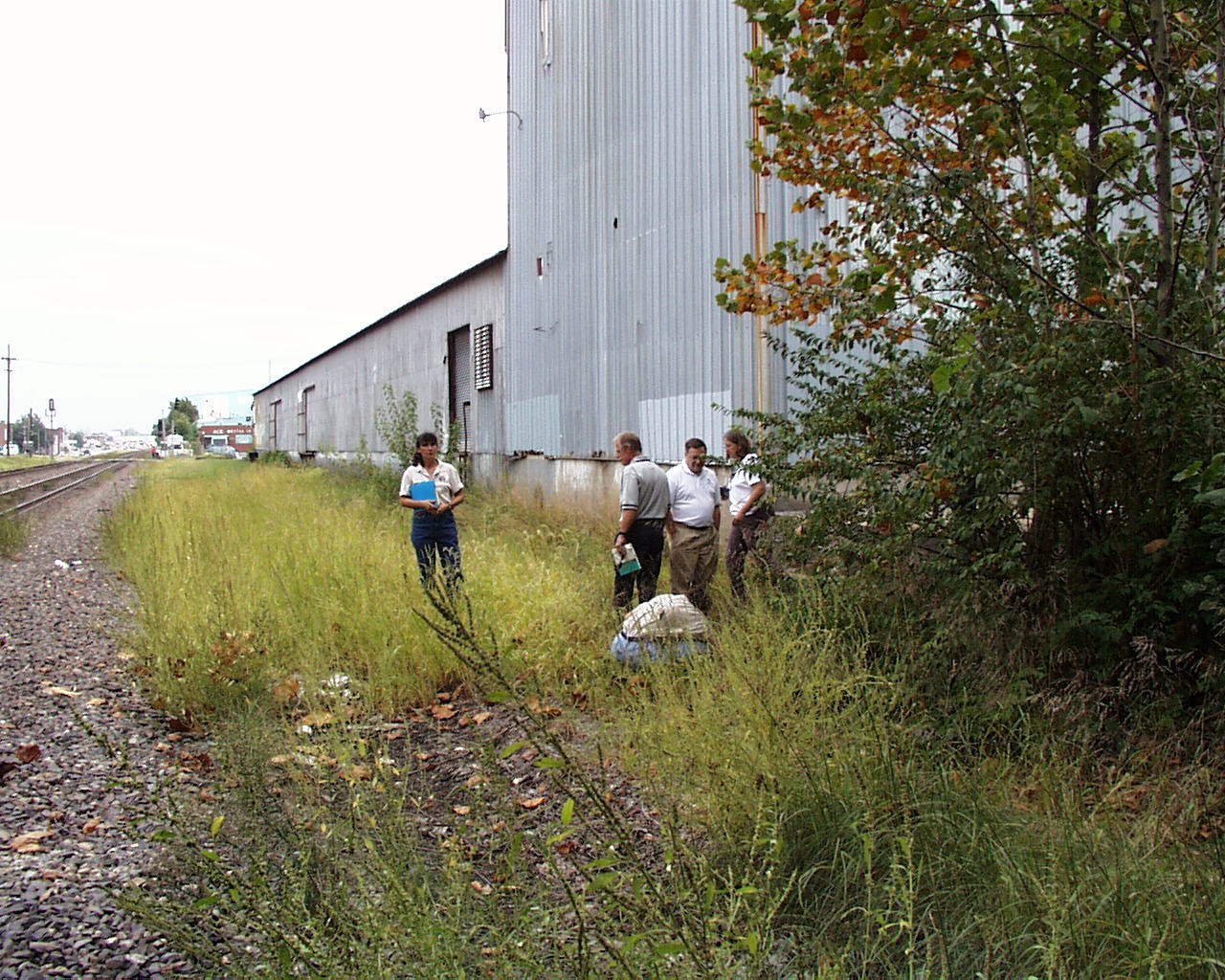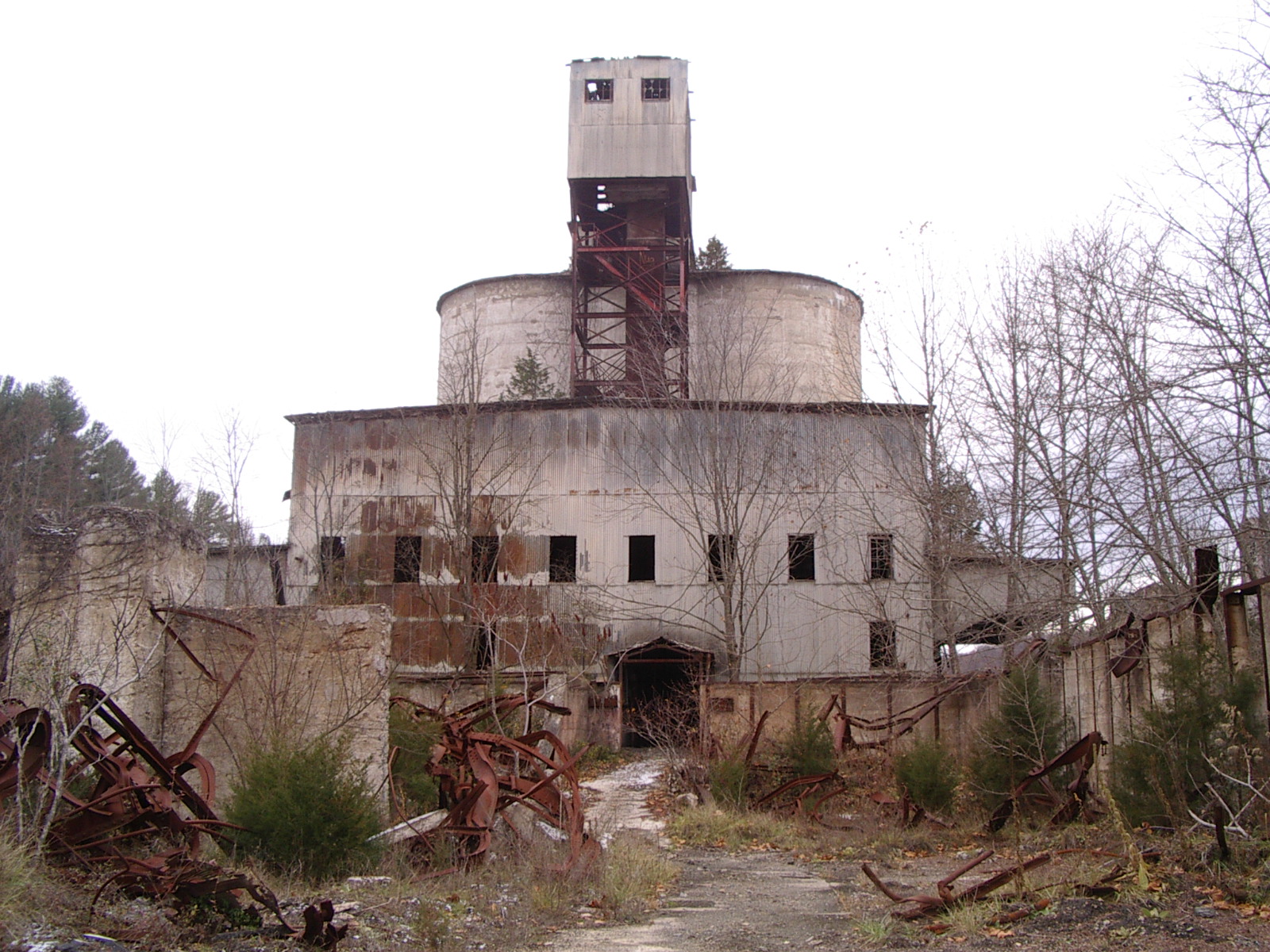Form 0920-0572 ATSDR-Message-Testing_Attachment-6_PublicHealthProfessio
CDC and ATSDR Health Message Testing System
ATSDR-Message-Testing_Attachment-6_PublicHealthProfessionals
Agency for Toxic Substances and Disease Registry Task Order 15: Message Testing
OMB: 0920-0572
Form Approved OMB
No. 0920-0572 Exp.
Date: 2/28/2015
ATSDR Task Order 15 Message Testing
Attachment 6
Moderator’s Guide: Pubic Health Professionals1
Welcome and Opening Remarks (10 minutes)
[When the participant is ready, the moderator will begin the session with the following introduction]:
Thank you for joining us today. My name is _______ and this is our note taker [name note taker]/we also have on the phone/in the viewing room [name others listening in or viewing if in-person]. The Agency of Toxic Substances and Disease Registry (ATSDR) is a federal agency of the Centers for Disease Control and Prevention (CDC). ATSDR looks at how hazardous substances affect public health.
ATSDR is looking to communicate more effectively about its agency, mission, and objectives with people like you.
Today, we’ll share with you a series of messages about ATSDR. We will ask you for your feedback on these messages — which ones are helpful and informative, and which ones could be made better. This will help us better understand how to make information about ATSDR as easy to understand as possible.
Public reporting burden of this collection of information is estimated to average 1 hour per response, including the time for reviewing instructions, searching existing data sources, gathering and maintaining the data needed, and completing and reviewing the collection of information. An agency may not conduct or sponsor, and a person is not required to respond to a collection of information unless it displays a currently valid OMB control number. Send comments regarding this burden estimate or any other aspect of this collection of information, including suggestions for reducing this burden to CDC/ATSDR Information Collection Review Office, 1600 Clifton Road NE, MS D-74, Atlanta, Georgia 30333; ATTN: PRA (0920-0572). |
Before we begin, I’d like to make a few things clear and explain how the session will work.
We are not trying to sell or promote any product or service to you.
There are no right or wrong answers—we just want your opinions. I am not from the Agency of Toxic Substances and Disease Registry (ATSDR) or from the Centers for Disease Control and Prevention (CDC), and have not written the messages we will be looking at today. I won’t be offended by any opinions you express.
--- (on the phone or in-person) will be taking notes and we will be recording the audio of the discussion. We have to write a report on your suggestions to inform the development of these messages. Recording the discussion will help us write the report. We will not use your name in the report. We will only share the report with people working on this project. Only people on this project are able to view or listen to this session (if in person or on the phone).
This focus group will last approximately one hour. I want to be sure not to keep you here much longer, so I may occasionally interrupt you to move on to the next task.
Please turn off your cell phone at this time.
Remember, there are no right or wrong answers. We are here to learn from you. We really want to hear what you think. No idea or opinion is incorrect; we are here to gather all opinions.
[For the remote focus groups, moderator will refer to the informed consent form sent to the participant ahead of time, saying:]
Your participation in this discussion is voluntary. You may stop the study at any time. Your name will not be shared.
If you understand everything I’ve said and you agree to participate, please read, sign, and date the informed consent form.
[For the in-person focus groups, the participant will then read and sign the informed consent form. Remote participants will be asked to mail, fax, or scan and return it to the contractor.]
Do you have any questions before we get started?
[The moderator will begin audio recording.]
Warm Up (5 minutes)
Before we look at these messages, we are going to start with a few warm-up questions.
95d. Have you ever heard of The Agency for Toxic Substances and Disease Registry (ATSDR)?
17c. What can you tell me about ATSDR?
About ATSDR (10 mins)
I’m going to show you a couple of sentences that describe ATSDR. Please take a moment to look this over carefully. [Hand out page 6 from Attachment 6, file name ATSDR-Message-Testing_Attachment-6_PublicHealthProfessionals. Give everyone a few minutes to read over].
24d. Who would you say they are trying to reach?
Does it seem like this message is talking to you, and people like you? Or someone else?
What in the message suggested it was talking to you and people like you or someone else?
104d. Do you think one is more appealing than the others? Which? Why/why not?
I want you to look at the one that you just said you think is more appealing.
1d. What is the main idea that this message is trying to get across, in your own words?
6d. Is there anything confusing, unclear or hard to understand?
ATSDR Tagline (10 minutes)
I’m going to show you a couple of tag lines that describe what ATSDR does. Please take a moment to look this over carefully. [Hand out page 7 from Attachment 6, file name ATSDR-Message-Testing_Attachment-6_PublicHealthProfessionals. Give everyone a few minutes to read over]. First we’re going to go through these one by one. [Moderator will refer to each message in turn, saying:]
7d. How would you sum up in just a few words your first impression of this message? Do you like it? Not like it? What makes you say that?
30d. If you saw or heard this message, would it get your attention? Why or why not?
6d. Is there anything confusing, unclear or hard to understand?
32d. Are there any words or phrases that bother you or that you think should be said differently?
[Moderator will now refer to the full list]
104d. Do you think one is more appealing than the others? Which? Why/why not?
What does ATSDR do? (10 minutes)
I’m going to show you a couple of sentences that describe what ATSDR does. Please take a moment to look this over carefully. [Hand out page 8 from Attachment 6, file name ATSDR-Message-Testing_Attachment-6_PublicHealthProfessionals. Give everyone a few minutes to read over]. [Moderator will refer to each message in turn]
28d. Do you like the way it is written? [ Probe: tone, language/style, etc.] Is it easy to read?
1d. What is the main idea that this message is trying to get across, in your own words?
30d. If you saw or heard this message, would it get your attention? Why or why not?
32d. Are there any words or phrases that bother you or that you think should be said differently?
[Moderator will refer to all messages together]
104d. Do you think one is more appealing than the others? Which? Why/why not?
Images (10 minutes)
I’m now going to share with you a couple of images that show the types of communities that ATSDR works with. Please take a moment to look these over carefully. [Hand out page 11 from Attachment 6, file name ATSDR-Message-Testing_Attachment-6_PublicHealthProfessionals. Give everyone a few minutes to look it over]
105d. Is one more likely than another to get your attention?
To make you think about it afterwards?
If yes, what is it about that one that “works” for you (or someone else you care for or take care of, such as a spouse/partner, child, parent, relative, or friend)?
I want you to look at the one that you just said is most likely to get your attention.
11d. How does it make you feel?
3e. Picturing this image on a poster, brochure, print ad, or other material, how likely is it that an image like this will help draw your attention and curiosity - that’s you personally, no one else.
These images are meant to help show the types of communities ATSDR works with.
4e. For you, are there other images that might convey this idea better?
Narrative About ATSDR (10 minutes)
I’m now going to show you a document that discusses in more detail about what ATSDR does. Please take a moment to look these documents over carefully. [Moderator will give participants one of 3 messages from page 10, Attachment 6, file name ATSDR-Message-Testing_Attachment-6_PublicHealthProfessionals, making sure at least one participant has each message. Give everyone a few minutes to read over]. Let’s go around and have each of you talk about the message you have.
7d. How would you sum up in just a few words your first impression of this message? Do you like it? Not like it? What makes you say that?
28d. Do you like the way it is written? [ Probe: tone, language/style, etc.] Is it easy to read?
34d. Is there a way to say this differently that would make you personally more likely to notice and think about the message?
Closing Discussion (5 minutes with optional question)
[Optional question if time allows]
108d. Looking over all of the different messages we have discussed, which two or three are the most effective?
• Probe: What makes it most effective?
Thank you all for your time, we really appreciate the input and feedback you have provided today.
[Moderator will then closeout with remuneration procedure]
Messages for Testing
About ATSDR
ATSDR is the leading federal agency dedicated to improving understanding of toxic substances and how they affect our health.
ATSDR is the federal agency responsible for researching the health effects of toxic chemicals.
ATSDR is the national leader in studying toxic chemicals and their health effects.
ATSDR is the leading federal agency dedicated to protecting people’s health from toxic chemicals in our air, water, food, homes, and neighborhoods.
Are chemicals in our environment making us sick? ATSDR is the federal agency dedicated to answering this question.
Are chemicals in our environment making us sick? People across the country are asking this question — and we think it’s an important one. ATSDR is the leading federal agency dedicated to researching the health effects of toxic chemicals.
ATSDR Tagline
Protecting America’s health from toxic chemicals.
We do the science that keeps America safe from toxic chemicals.
Protecting people from toxic chemicals.
Keeping America safe from toxic chemicals.
Using science to keep Americans safe from toxic chemicals.
Using science to safeguard America’s health from toxic chemicals.
What does ATSDR do?
ATSDR studies health risks in communities where people may be exposed to dangerous chemicals.
Scientists at ATSDR work to protect people’s health from toxic chemicals in our air, water, food, homes, and neighborhoods.
ATSDR scientists:
Travel to places where people are concerned about dangerous chemicals and recommend actions to keep people healthy.
Are dispatched to sites throughout the nation where there is concern about dangerous chemicals, and make recommendations about how to keep people healthy.
Respond to emergencies that involve dangerous chemicals to investigate and recommend actions to keep people healthy.
Work with other federal agencies, states, and local governments to help them deal with toxic chemicals in a community.
Educate people about the harmful health effects of toxic chemicals.
Meet with people across the country to hear their concerns about the possible health effects of toxic chemicals in their environment.
Exposure
Exposure means that you have come into contact with a chemical, and it has gotten into your body.
In most cases, exposure happens when a toxic chemical touches your skin or enters your body by swallowing or breathing it in. Radioactive material can enter your body if you are close to it (even if you don’t touch or breathe it).
Will I get sick from exposure?
It depends. Coming into contact with a toxic chemical doesn’t automatically mean you will get sick. Getting sick from exposure depends on many factors including:
The type of toxic substance
How it entered your body
How much entered your body
Your age and how healthy you are
How long you were exposed
How many times you were exposed
Narrative about ATSDR
1. Improving Clinical Practice
ATSDR is working to stop cancers caused by environmental exposures before they start. We are helping doctors make earlier, more accurate diagnoses of environmental exposure to harmful chemicals like arsenic and asbestos — and then preparing them to treat it.
Michigan has a high rate of lung cancer. The state also has high levels of asbestos, arsenic, and radon in the environment – which are known to cause cancer. For this reason, ATSDR is working with Blue Cross Blue Shield of Michigan to train 370 doctors across the state to identify patients at risk from environmental exposure.
2. On the Front Lines
ATSDR has cooperative agreements in 25 states and is currently working in more than 500 communities across the country to protect people from dangerous chemicals. We build partnerships that bring together the best resources and the latest research — working with state and local governments and the EPA to identify health threats, find answers, and take action.
From mercury spills to power plant emissions, from the Navajo Nation to New Orleans, ATSDR investigates and responds to toxic exposures by using science to keep people safe.
3. Science of the Future
Industries release thousands of new chemicals every year. ATSDR uses cutting-edge computer models to predict the possible health risks of new drugs and chemicals.
Images
IMAGE 1 IMAGE 2


IMAGE 3 IMAGE 4


IMAGE 5

1 This request is for a one-time data collection.
| File Type | application/vnd.openxmlformats-officedocument.wordprocessingml.document |
| Author | Sandra Williams Hilfiker |
| File Modified | 0000-00-00 |
| File Created | 2021-01-25 |
© 2025 OMB.report | Privacy Policy